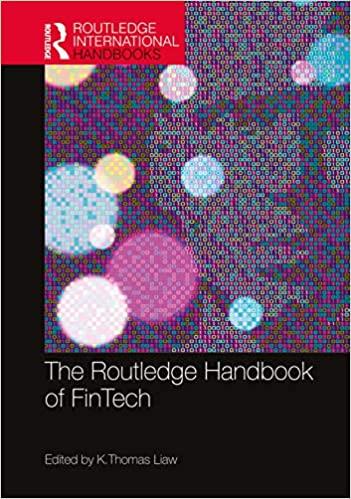Question
Low-regular-and-extra dividen policy Bennett Farm Equipment Sales, Inc., is in a highly cyclic business. Although the firm as a target payout ratio of 25%, its
Low-regular-and-extra dividen policy
Bennett Farm Equipment Sales, Inc., is in a highly cyclic business. Although the firm as a target payout ratio of 25%, its board realizes that strict adherence to that ration would result in a fluctuating dividend and create uncertainty for the firm's stockholders. Therefore, the firm has declared a regular dividend of $.50 per share per year with extra cash dividends to be paid when earnings justify them. Earnings per share for the last several years are shown in the following table:
Year EPS
2015 $3.00
2014 $2.40
2013 $2.20
2012 $2.80
2011 $2.15
2010 $1.97
a) Calculate the payout ration for each year on the basis of the regular $.50 dividend and cited eps.
b) Calculate the difference between the regular $.50 dividend and a 25% payout for each year.
c) Bennett has established a policy of paying an extra dividend of $.25 only when the difference between the regular dividend and a 25% payout amount to $1.00 or more. Show the regular and extra dividends in those years when an extra dividend would be paid. What would be done with the "extra" earnings that are not paid out?
d) The firm expects that future earnings per share will continue to cycle but will remain above $2.20 per share in most years. What factors should be considered in making a revision to the amount paid as a regular dividend? If the firm revises the regular dividend, what new amount should it pay?
Step by Step Solution
There are 3 Steps involved in it
Step: 1

Get Instant Access to Expert-Tailored Solutions
See step-by-step solutions with expert insights and AI powered tools for academic success
Step: 2

Step: 3

Ace Your Homework with AI
Get the answers you need in no time with our AI-driven, step-by-step assistance
Get Started


